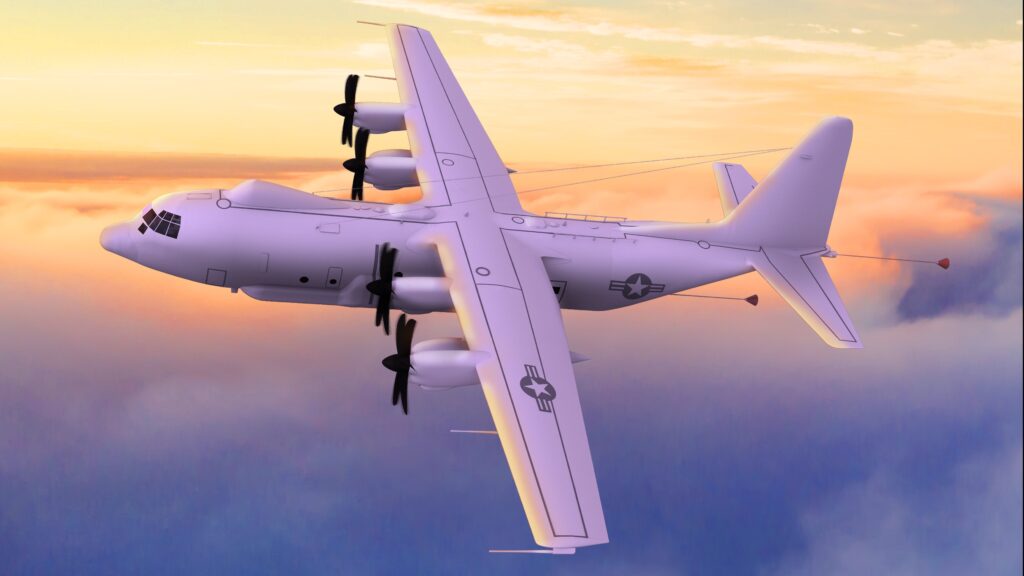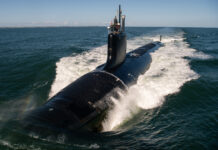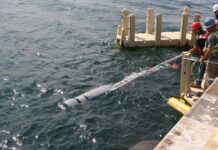The official popular name for the US Navy’s new E-130J Take Charge and Move Out (TACAMO) mission aircraft was announced on 7 August 2025 by the navy’s Airborne Strategic Command, Control and Communications Program Office (PMA-271) and Strategic Communications Wing 1 (SCW-1) as the Phoenix II.
The aircraft’s official designation as the E-130J was announced in October 2024, but the popular name recalling the mythical bird is a nod to Lockheed Martin’s C-130 platform fulfilling the TACAMO mission from 1963 to 1993 via the EC-130Q. After this the mission was taken on for more than three decades by the navy’s Boeing 707-based E-6B Mercury fleet, which the E-130J Phoenix II fleet will replace.
The E-6B is a communications relay and strategic airborne command post aircraft. It provides survivable, reliable and endurable airborne nuclear command, control and communications (NC3) for the US president, secretary of defence and US Strategic Command. It is a dual-mission aircraft capable of fulfilling the no-fail TACAMO mission and the ‘Looking Glass’ mission, which facilitates the launch of US land-based intercontinental ballistic missiles using an airborne launch control system. The E-130J will relieve the E-6B of the TACAMO mission, while the ‘Looking Glass’ mission is expected to be performed by the US Air Force’s five future Boeing 747-8i-based E-4C Survivable Airborne Operations Center aircraft.
Northrop Grumman is integrating the mission systems into the E-130J under a USD 3.5 billion (EUR 3 billion) contract awarded in December 2024. The US Navy currently operates a fleet of 16 E-6Bs, but has not yet specified how many E-130Js will be procured to replace them. Three pre-production aircraft were purchased in FY2023 for testing, while the navy expects to buy three production in FY2027 and another six in FY2028.











![Hybrid navies: Integrating uncrewed capability into carrier strike The US Navy (USN) carrier USS John C Stennis (left), the French Navy carrier FS Charles de Gaulle, and elements of their strike groups are pictured sailing together in US Fifth Fleet’s area of operations. The US, French, and UK navies are all developing ‘hybrid’ crewed/uncrewed mixes for their carrier airwing capability. [US Navy]](https://euro-sd.com/wp-content/uploads/2025/09/2-HST-CdG-USN-Kopie-218x150.jpg)


